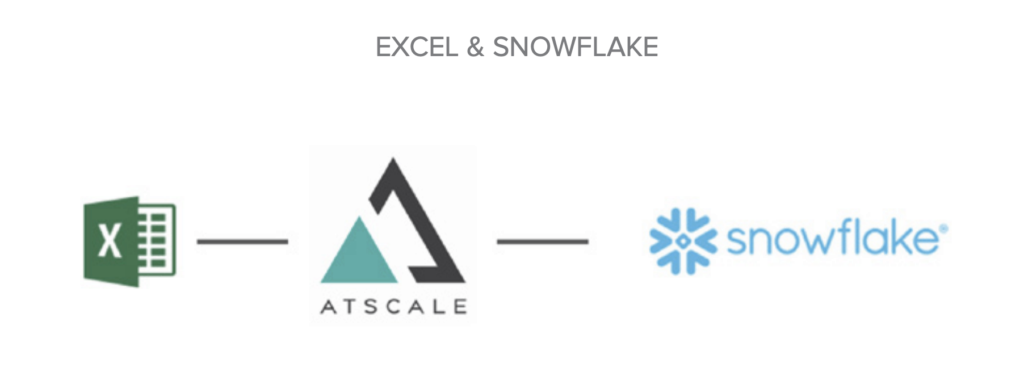

Assuming the previous step is successful, clear the data in the Essbase cube to remove fragmentation: Create a Task to 'Reset Data' using the CCC Essbase Plugin. FIX (Actual) CLEARDATA "electronics" ENDFIX (it only clears the electronics block, but not remove the block) CLEARDATA CLEARDATA command in Essbase essbase essbase commands hyperion hyperion essbase MAXL commands in essbase.

OLAP CUBE EXCEL PERFORMANCE ISSUE CODE
This causes problems and I wrote a bit of code to find and replace the data. Essbase Alternative : deFacto Performance Mangement.With this month’s release, we’re enhancing the Essbase connector to add support for providing Native Queries (MDX) when using Import mode.

Excel Essbase Add-In Ribbon For those of you who still enjoy the flexibility of the Hyperion Excel add-in and have upgraded to Microsoft Office 2007, you are well aware that Excel no longer has toolbars or menus. Generally speaking, attributes are the descriptions of data. Note that you will need to specify your Essbase Server and Application name in order to execute native queries. Archived Forums > SQL Server Analysis Services. Essbase automatically takes a host each time it starts and if a host is added manually during installation it could cause a problem.Symptoms Customer has installed the Essbase Add-In for Excel, but with a user that does not have local admin permissions to that PC, and now they sporadically see the Add-in not "stick"/they have… Transparent partitioning provides a consolidated view of data to user. The IKM uses the essbase rules file "REMOVE", I am not going to go over the creation of the load rule as the process was explained in detail in the last blog, basically it is a load rule that will remove any members from the dimension that do not exist in the source which in this case is the temporary table.Transaction logging works by writing transactions to a log store. Optimizing ASO The following is a list of items to consider when One common example of this is a transshipment model, where it is necessary to identify both the origination and destination of a shipment.


 0 kommentar(er)
0 kommentar(er)
